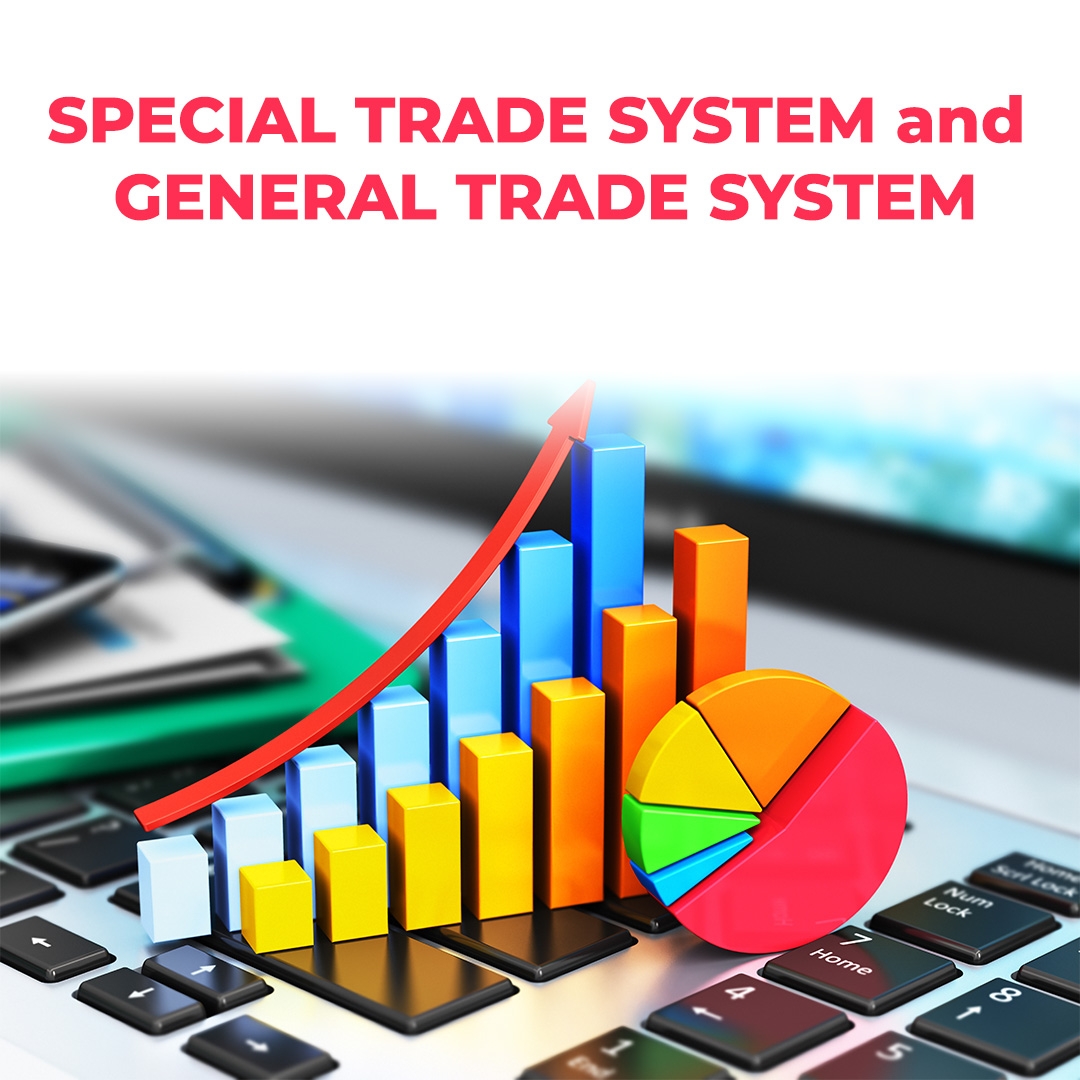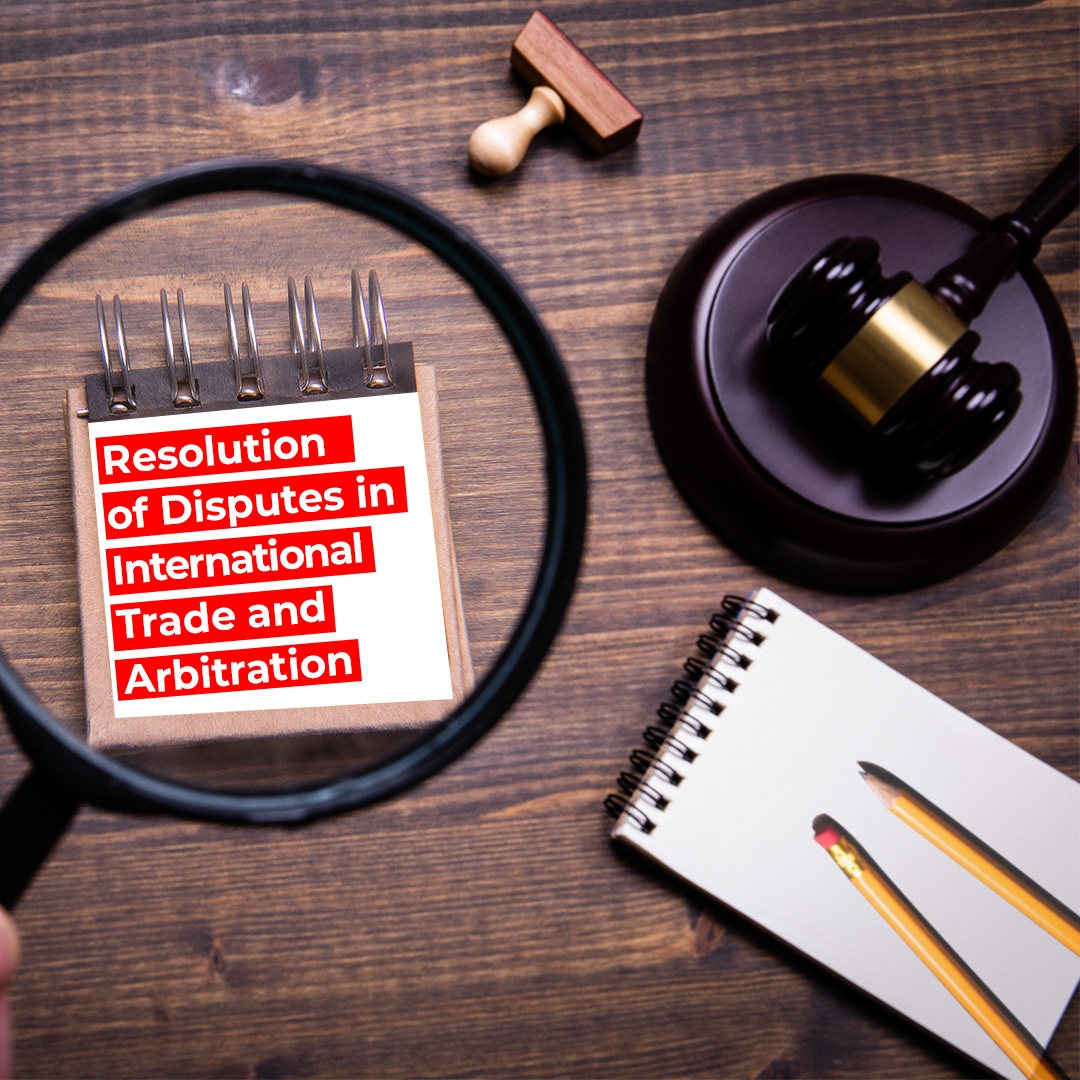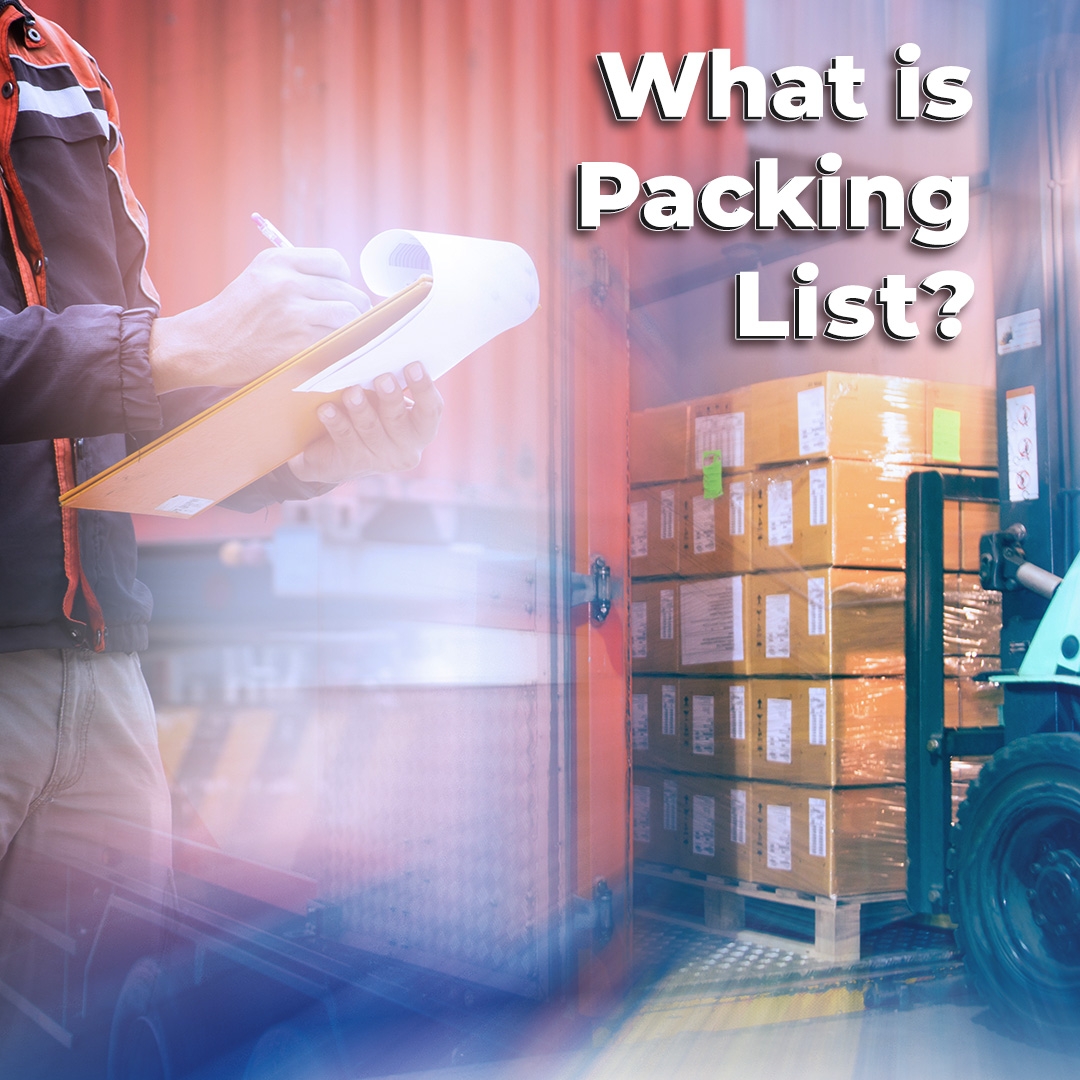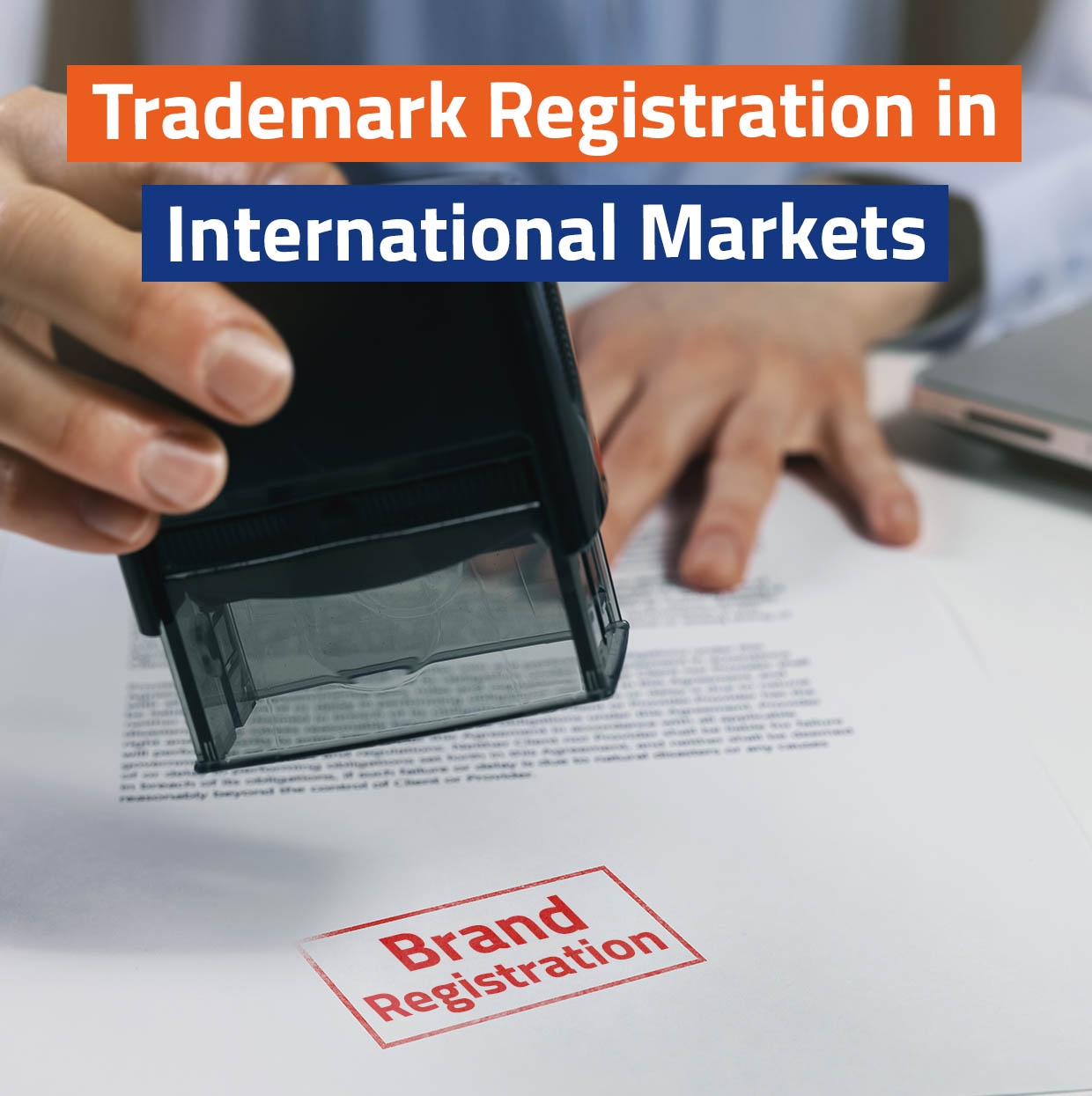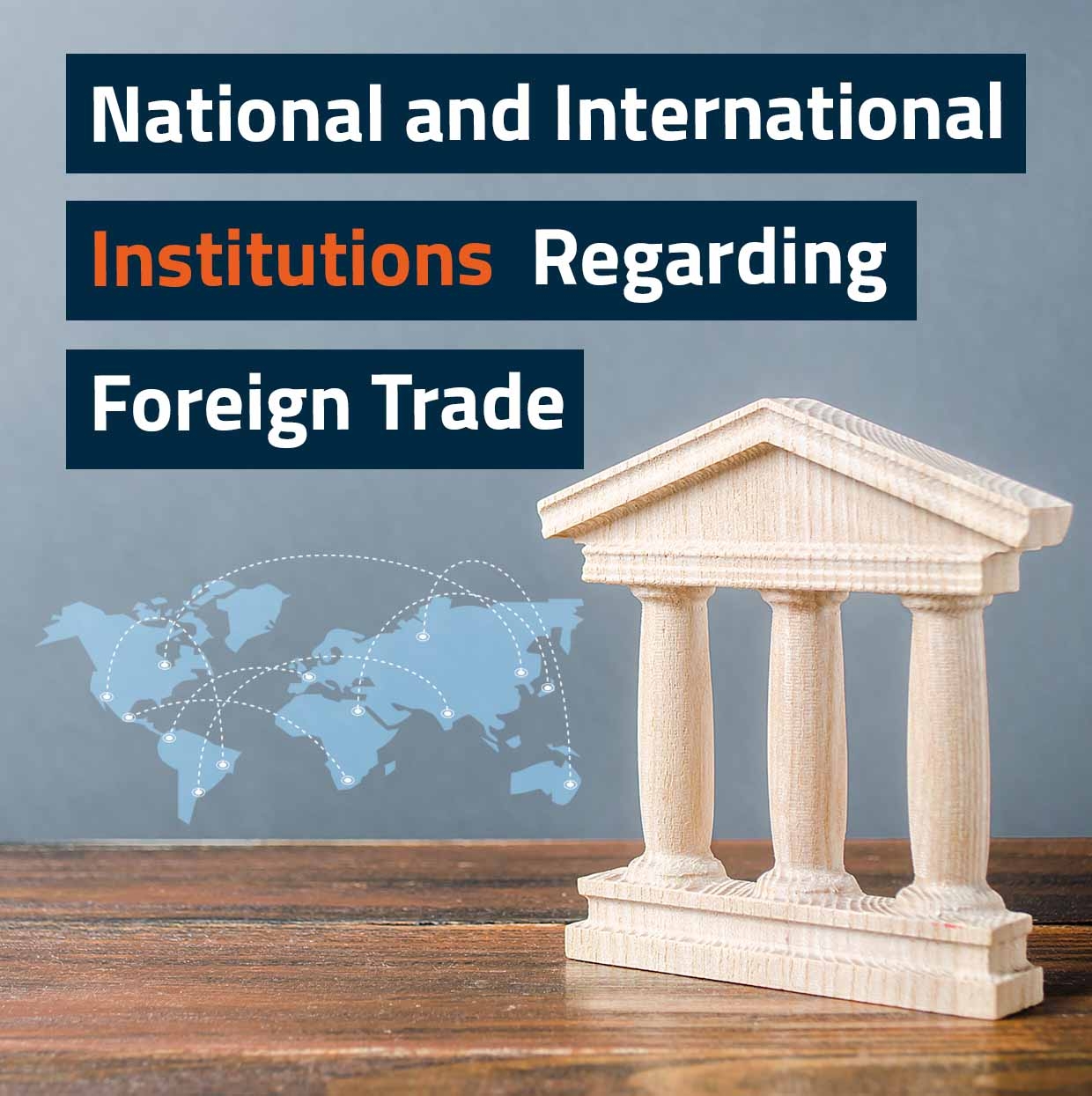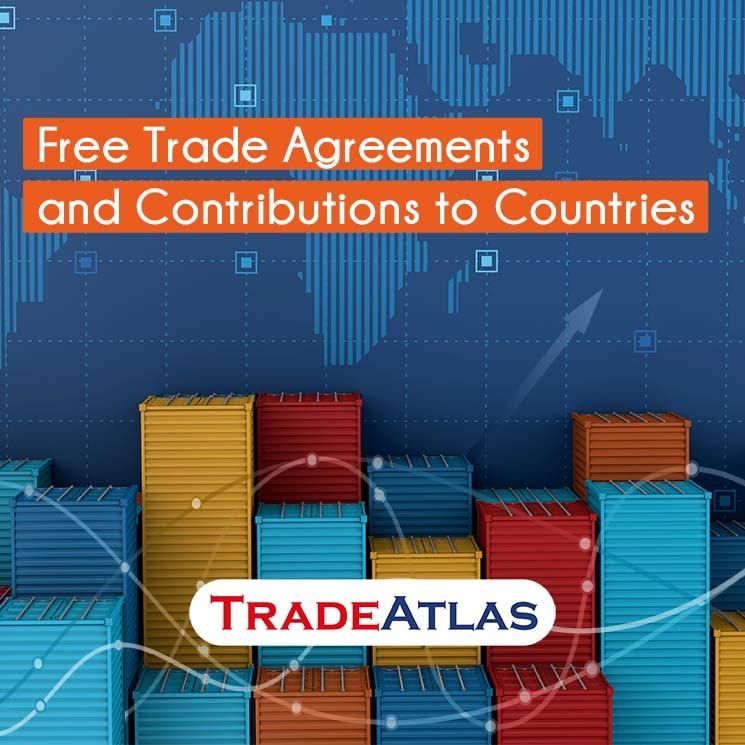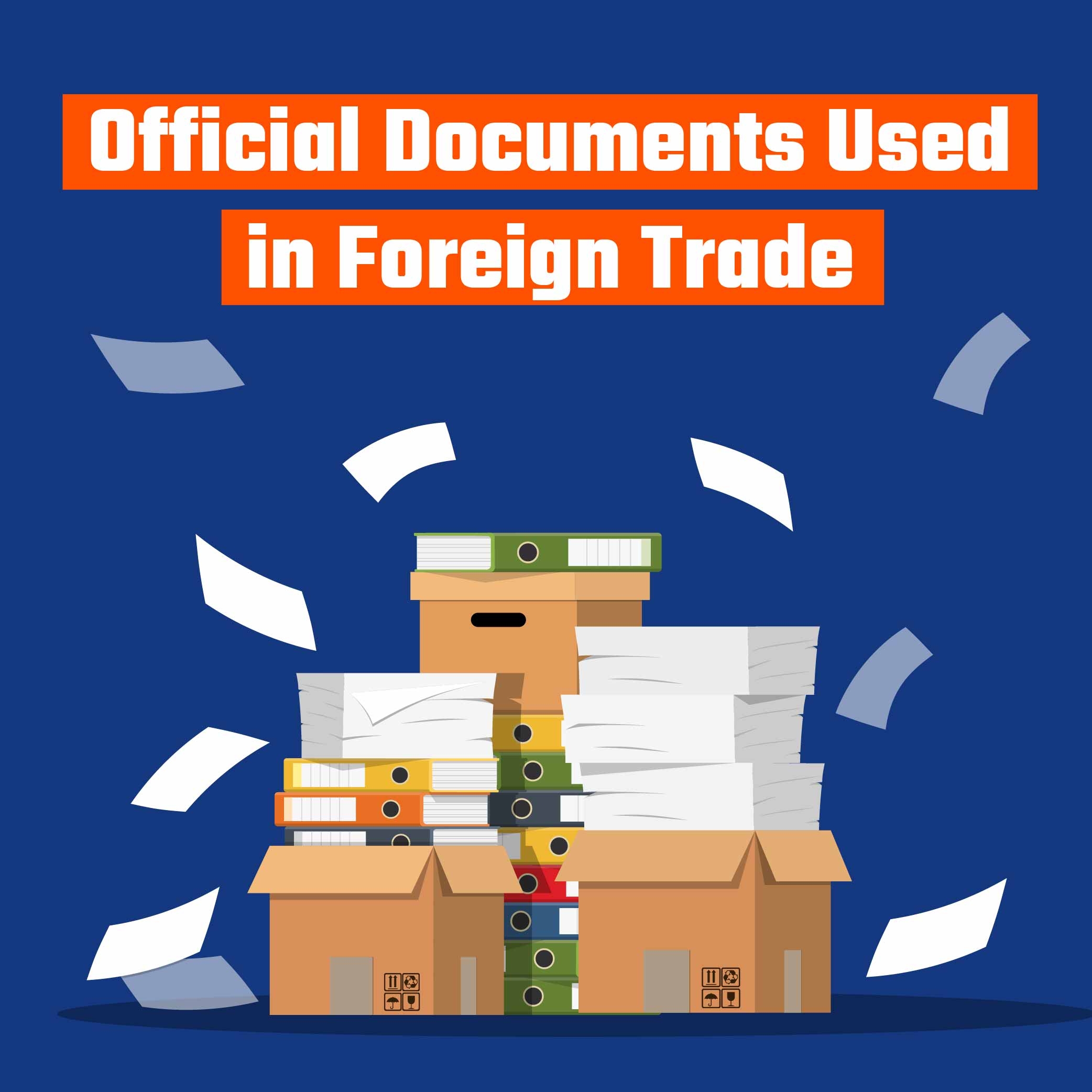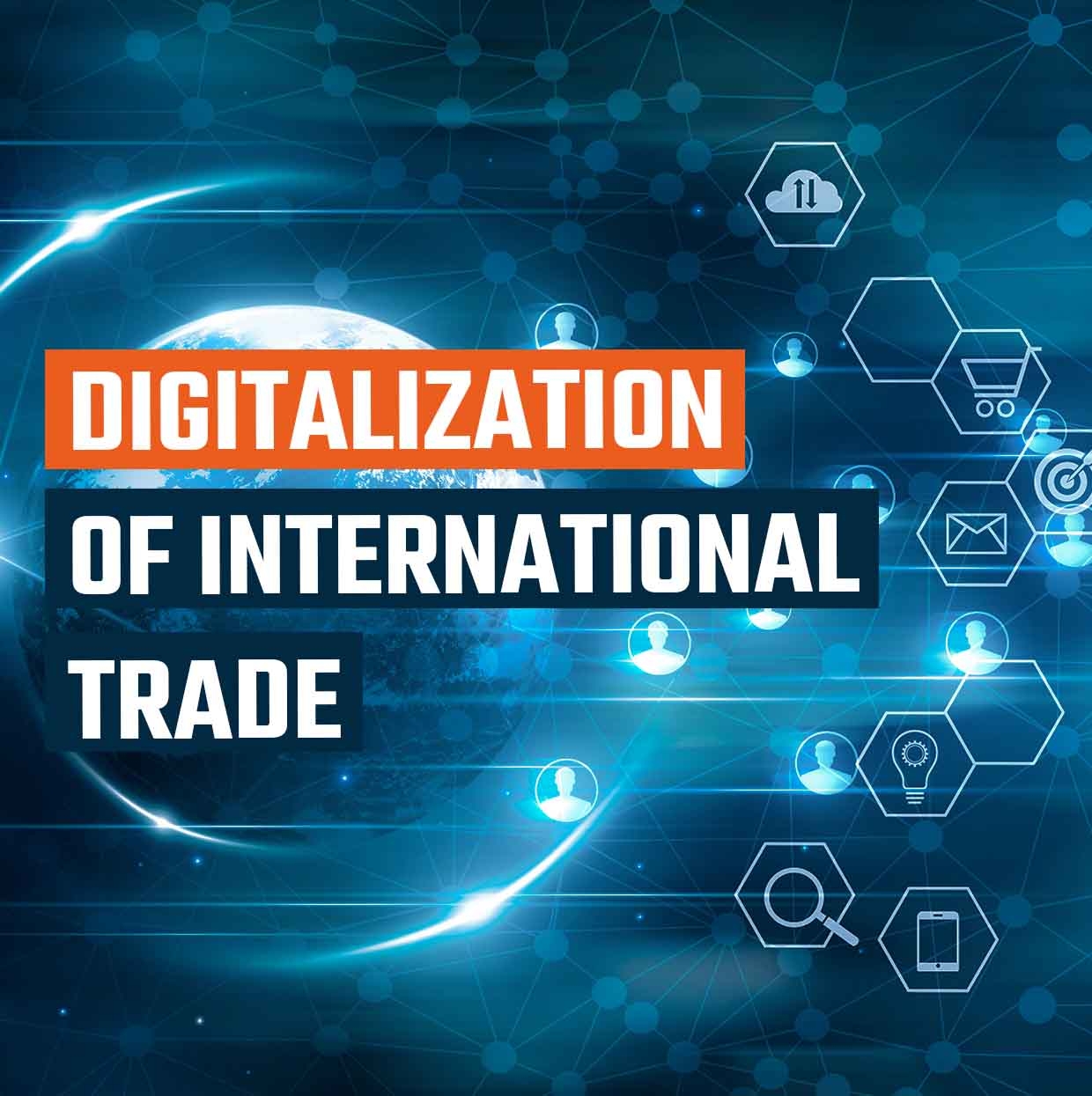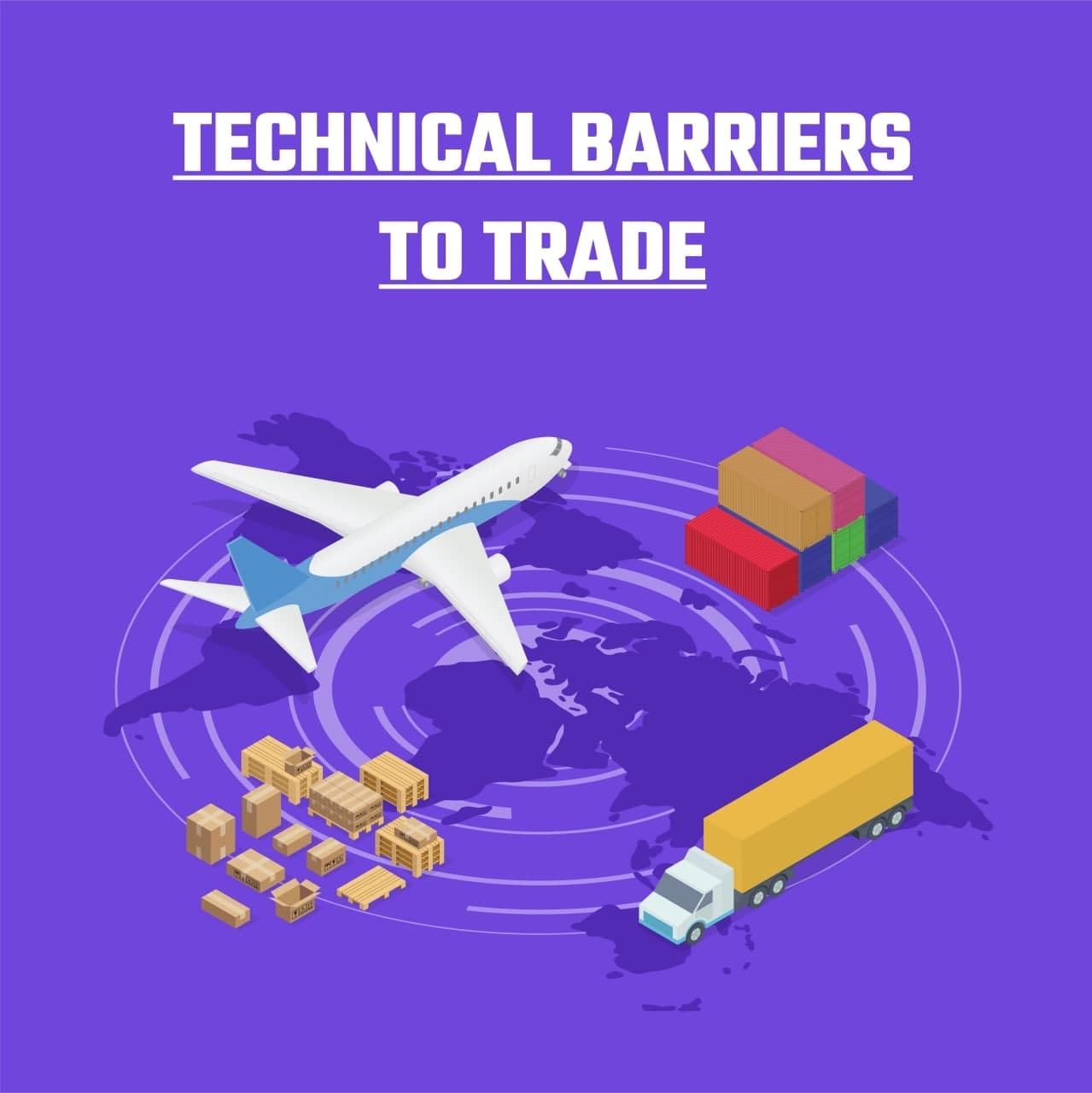What is Origin?
Origin
is the "economic identity of an item." It refers to which country the
economic value of a good belongs to.
Rules of origin are also specific rules that determine which country the
goods originate from. They are important
in terms of the fact that products from different countries are subject to
different treatment in practice and determining the procedures to be applied to
the product.
Origin
is used for the purposes of calculating customs duties of origin, monitoring
the implementation of tools such as quota and anti-dumping measures, and compiling
foreign trade statistics.
There
are two basic criteria used to determine the origin of a product;
1) Goods that are wholly obtained or
produced in a country:
Goods
obtained or produced entirely in a country are naturally considered to
originate in that country. For example,
live animals raised in the country, plant products, precious metals and
minerals extracted in the country, etc.
takes the origin of the country in which it is located.
2) Essential Conversion Metric
Conversion
criteria are applied when two or more countries have a share in the production
of the goods. These are as follows:
· The
customs tariff of the goods should change
· Value
Added Rule
· It must
go through a fundamental two-stage transformation
· All
imported materials used must be included in tariffs other than the customs
tariff of the final product.
When
determining the originating status of a product, it is first checked whether
that product is "completely obtained in a country". If the product meets the definition of
"completely obtained in a country", it is considered as originating
in that country. If the product is “not a product completely obtained in a
country”, that is, products that use inputs from other countries in the
production and will be exported from that country, it is necessary to determine
whether the product has gained the origin of that country as a result of the
production activity in a country. In
this case, the origin status is determined by evaluating the process and craft.
How to determine which country an item
originates from?
When
determining which country a product originates from, the rules of origin
applicable to the trade between the two countries where that good is bought and
sold are taken into account. There are
two types of origin rules:
1- Preferential Rules of Origin
2- Non-Preferential Rules of Origin
1) Preferential rules of origin
If
there is a preferential trade agreement between the two countries that are the
importer and exporter of the product, the origin of the goods is determined on
the basis of the rules of origin in that agreement. This is called the "preferential origin
of the goods". A commodity that
meets the preferential rules of origin may benefit from tax exemptions or
reductions provided by the preferential trade agreement.
2) Non-Preferential Rules of Origin
If
there is no preferential trade agreement between the two countries that are the
importer and exporter of the product, the origin of the goods is determined on
the basis of the rules of origin in the national legislation of the
countries. This is called the
“non-preferential origin of the article”.
According
to the customs legislation, when determining the origin of the goods produced
in more than one country, the goods are primarily divided into textile products
or products other than textile products.
Then, the rules of origin determined in the customs legislation are
examined.
Non-preferential
rules of origin ensure that the trade policy measures that form the backbone of
the foreign trade policy of the countries are implemented properly and
effectively. Non-preferential rules of
origin are also important in terms of preventing the normal flow of trade from
changing direction due to the application of different customs tariffs or
non-tariff measures in the foreign trade of countries.
What is Cumulation of Origin?
Cumulation
of origin is a system that allows countries bound to each other by bilateral or
multilateral agreements in international trade to use inputs sourced from each
other to an unlimited extent. The
purpose of cumulation of origin is to increase trade between countries that
recognize preferential regimes to each other.
There are three types of cumulation: bilateral cumulation, diagonal
cumulation and full cumulation.
Bilateral cumulation
It is
valid between two countries and only applies to goods originating in these two
countries. In this system, two countries
with free trade agreements are allowed to use inputs originating from each
other. In case of using third country
materials, these inputs have to undergo substantial transformation. For example,
bilateral cumulation can be applied between Turkey and Bosnia and Herzegovina.
Diagonal cumulation
Diagonal
cumulation means that where more than two countries are party to a single
agreement, or where several countries are bound by similar agreements, input
originating in any of those countries is allowed to be used in the manufacture
of the final product. The Pan-European
Mediterranean Cumulation of Origin (PAAMK) System is an example.
Full cumulation
Full
cumulation is also a cumulation that allows for a combination of workmanship or
operations performed in more than one party country to gain originating
status. For example, full cumulation can
be applied between Turkey, Tunisia, Morocco, and Algeria.
It is very easy to reach importers
and exporters all over the world directly with TradeAtlas! TradeAtlas is a
global importer and exporter search engine that contains 1.5 billion bills of
lading and shipment details data of 17.5 million importer companies in more
than 230 countries around the world. TradeAtlas is with you to accompany you in
taking steps towards becoming a more important part of global trade! To become
part of the global ecosystem, you can register and search for free by
clicking here.






